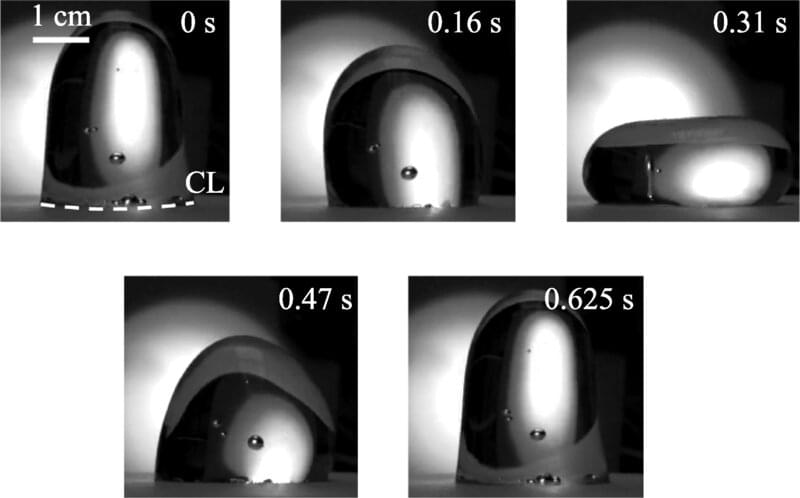Researchers discover a new variant of the SOVA Android banking trojan with upgraded capabilities.



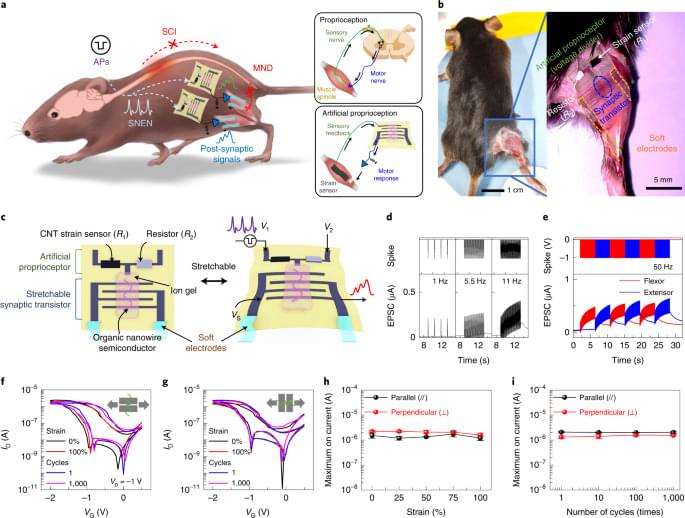
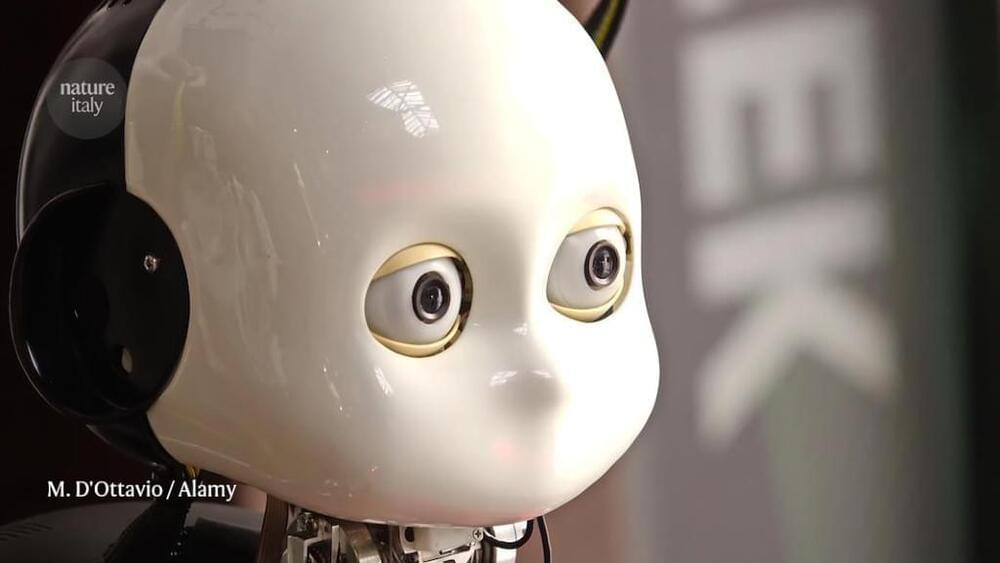
This same feature could also play a role in our ability to tell what is human, and what is not. Several experiments have shown that when humanoid robots exhibit human-like variability in response times or motion patterns, we perceive them as more human-like.
In a study published in Science Robotics1, researchers have observed this same effect when the human and the robot are performing a shared activity. “To evaluate the impact of behavioural variability in the attribution of humanness to a robot, in our experiment the robot was either teleoperated by another human or controlled by a computer”, says Agnieszka Wykowska, senior researcher at the Italian Institute of Technology (IIT) in Genoa, and the coordinator of the study.
The research has also shown that the effect applies even when the variability of the robot’s behaviour does not closely resemble the human one, if it falls in the same range. “Depending on the context and on the function that the robot needs to perform, roboticists can endow their machines with a different degree of humanness by modulating the variability of their behaviors,” Wykowska adds.

Recent theoretical and observational results have revealed new secrets about these shadowy objects, with deep implications for more than just black holes themselves.
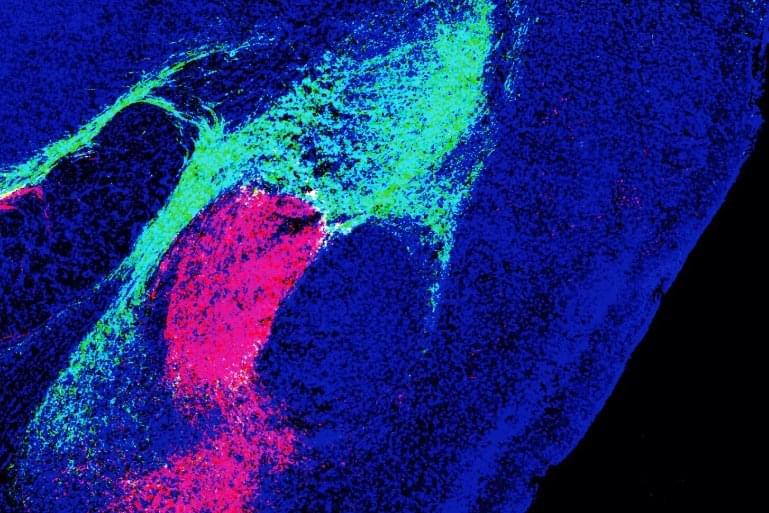
Summary: CGRP neurons found in subregions of the thalamus and brainstem relay multisensory threat information to the amygdala. These neural circuits are essential for the formation of aversive memories, a new study reports.
Source: Salk Institute.
Salk scientists have uncovered a molecular pathway that distills threatening sights, sounds and smells into a single message: Be afraid.

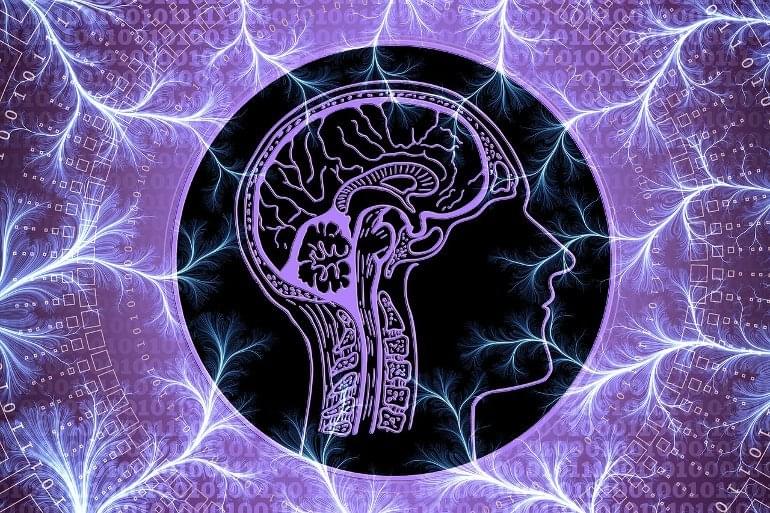
Summary: In humans, microglia develop in different ways, undergoing growth patterns that go up and down, creating waves throughout our brain development.
Source: University of Southampton.
New research published today by the University of Southampton shows new insight in how our brain develops, that can pave the way for treating neurological disorders.
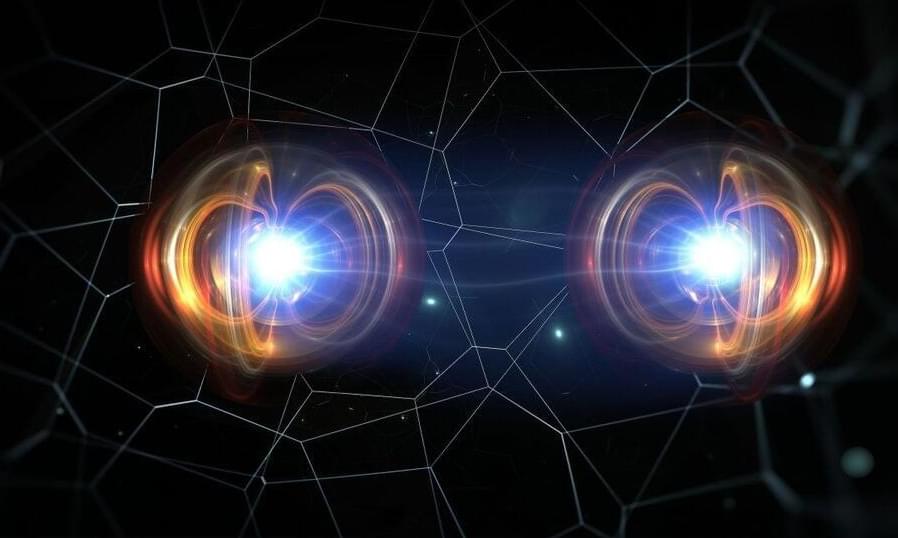
The new phase of matter, created by using lasers to rhythmically jiggle a strand of 10 ytterbium ions, enables scientists to store information in a far more error-protected way, thereby opening the path to quantum computers that can hold on to data for a long time without becoming garbled. The researchers outlined their findings in a paper published July 20 in the journal Nature (opens in new tab).
